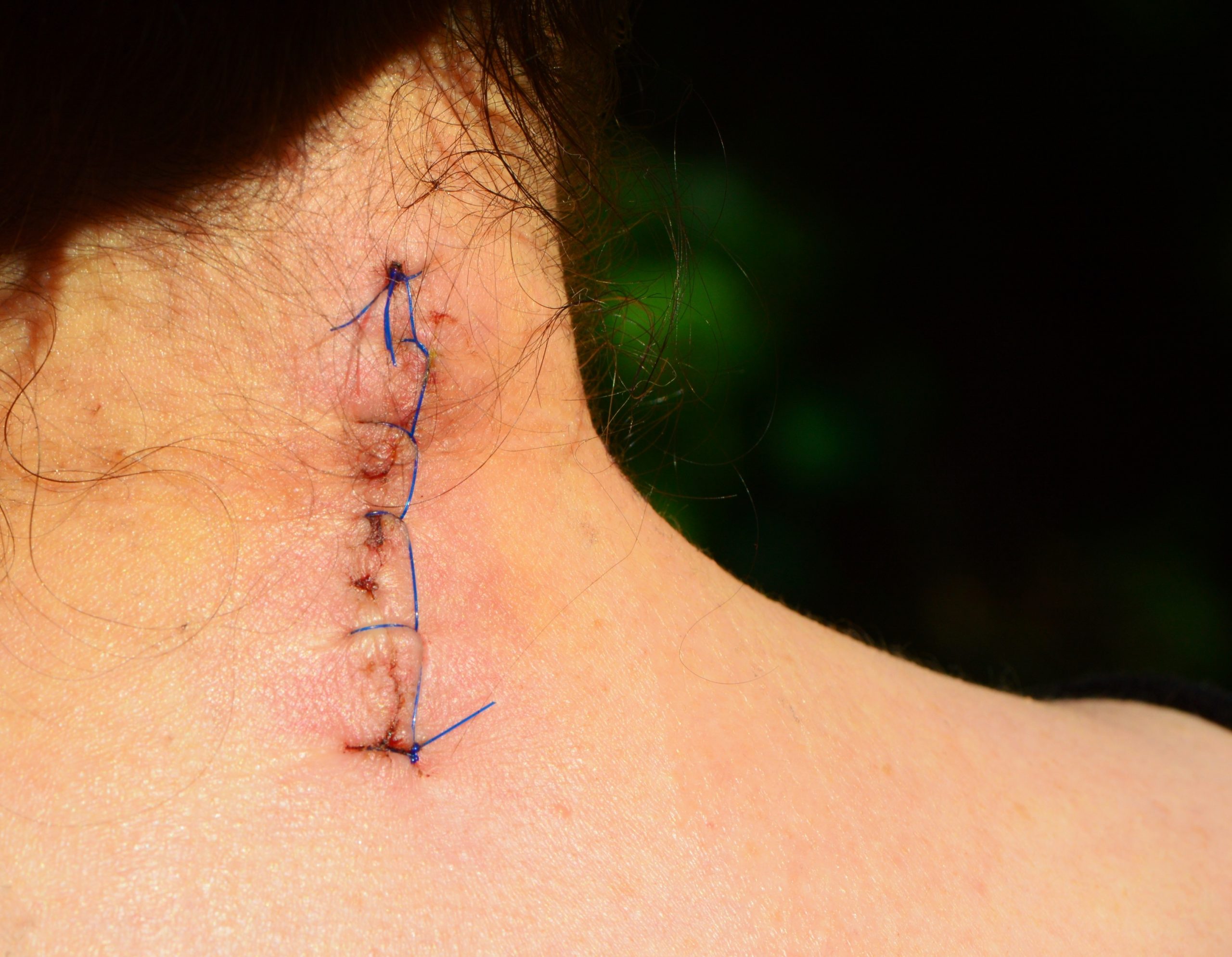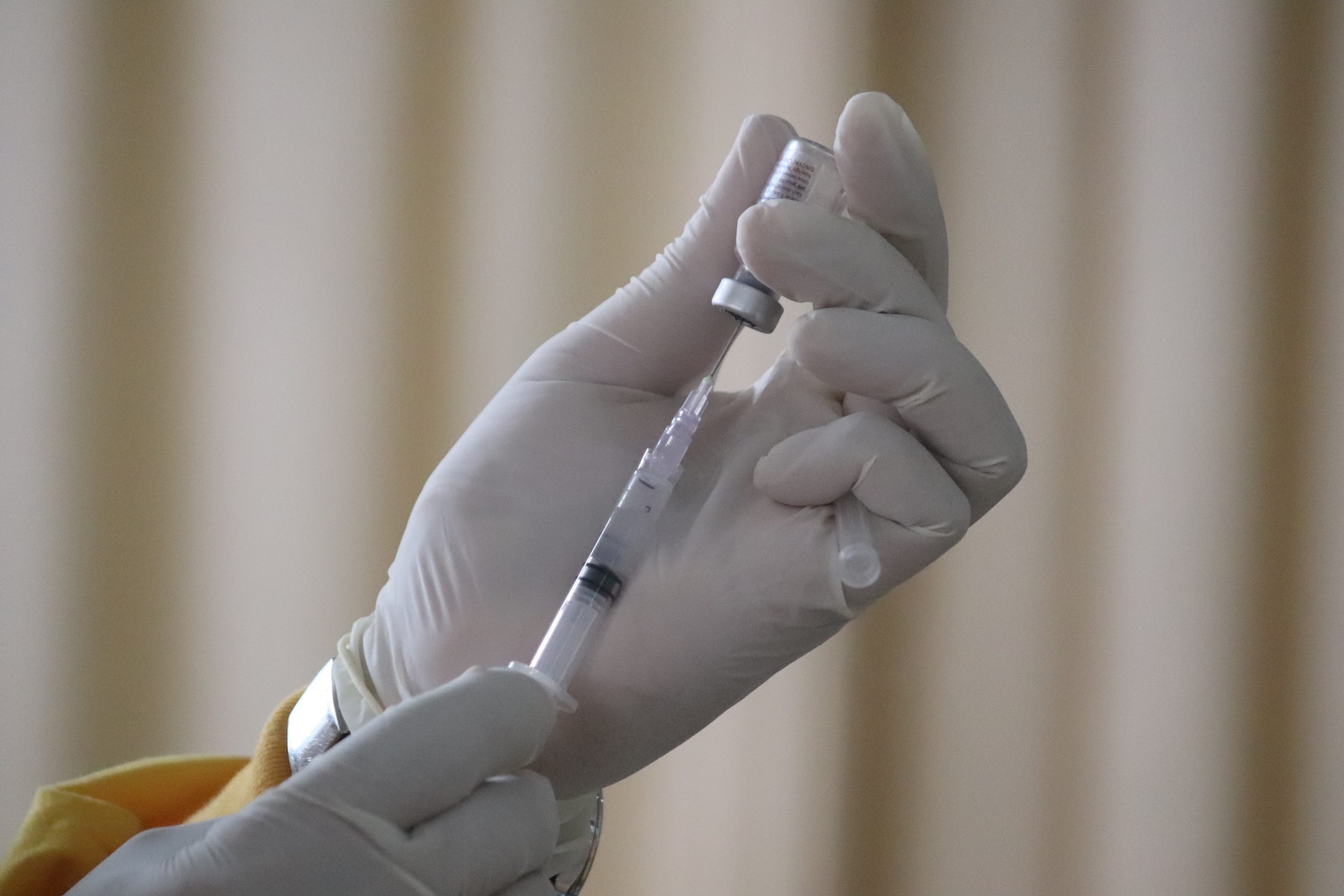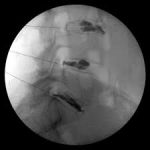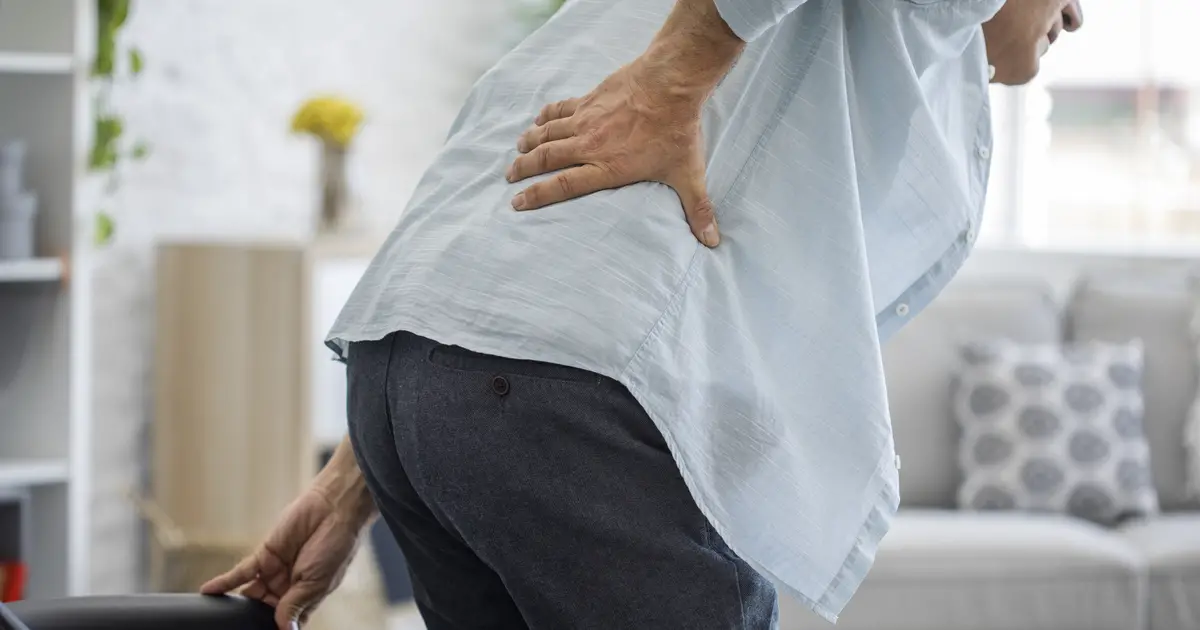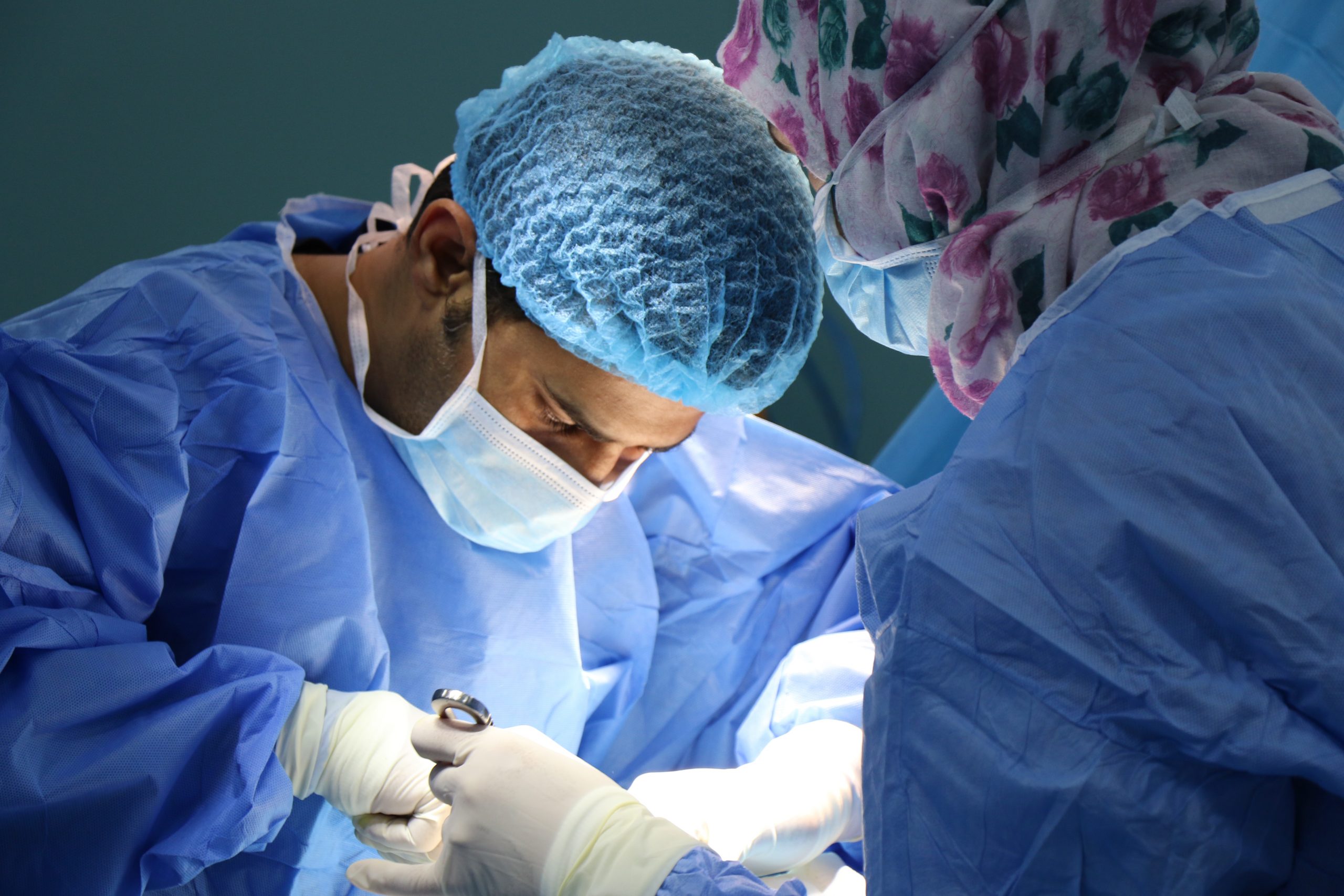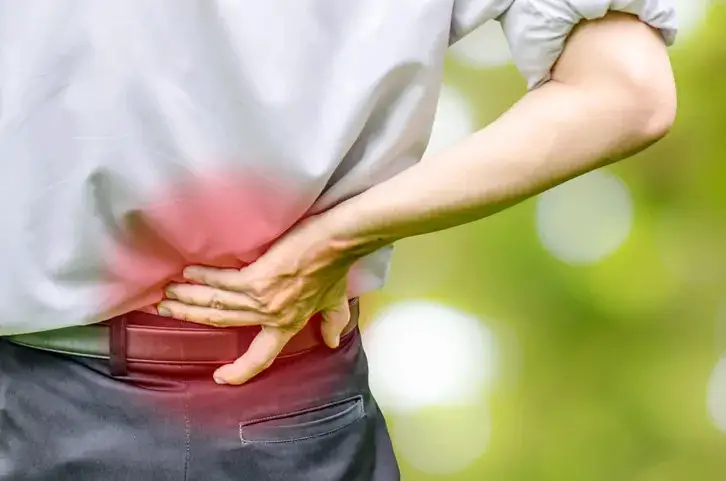You have recurring pain or pain that has lasted for weeks. Discover the centers that can relieve your suffering. Chronic pain requires specific treatment within a specialized structure. The use of pain relief centers can be prescribed by your attending physician.
Definition
The pain center is a medical structure specializing in the treatment of chronic or recurrent pain.
Chronic pain : these are pains that have persisted for more than three months, pains resistant to treatment. They can be continuous or intermittent. Chronicity is under the influence of psychological, social and even cultural factors. Chronic pain has an impact on individual and collective activities. Hence the need for its care.
Pain centers treat patients with chronic pain. But they also develop specialized treatments to control and manage pain on a daily basis. They form a branch among the many services within hospital centres.
As soon as you arrive at the centre, a medical team will take care of you.
Objectives and missions of pain centers
The goal of the pain center, in the first place, is to identify and recognize your type of pain. The algologist (pain specialist) carries out the characterization: location, intensity, duration, etc. He will possibly prescribe biological or imaging tests to establish the cause if possible.
Then, the team will explain to you the origins and causes of your pain. Understanding your ailment is important. Because, from this, you can easily follow the proposed treatments.
Apart from that, the pain center's mission is to assess your pain and all its repercussions. Whether at the psychological, socio-professional or family level. The role of this structure will be to establish an effective drug and non-drug treatment to control and reduce your pain.
The medical team will then carry out a follow-up to assess the evolution of your illness. She will adapt the treatment according to the progressive improvement of your state of health.
Pathologies treated
The pain center takes care of all types of chronic pain. The main pathologies frequently taken in hand:
- post surgical pain,
- headaches: headaches, facial pain, trigeminal neuralgia, migraine, etc.)
- spinal pain: lower back pain, sciatica, herniated discs, vertebral osteoarthritis (cervical, lumbarEtc.).
- neurological pain: neuropathic pain related to pathologies of the central or peripheral nervous system.
- joint pain: inflammatory arthropathies (rheumatic pathologies, gout, etc.) and degenerative arthropathies
- the algodystrophies,
- the pelvic-perineal pain : endometriosis, pain in the genitals
- cancer pain: gynecological, gastric, hepatic, renal, etc.
- chronic abdominal or pelvic pain: painful bladder, irritable bowel, chronic pancreatitis, functional dyspepsia, pelvic inflammatory disease, etc.
- chronic osteo-articular pain: fibromyalgia, osteoporosis
This list is far from being exhaustive. The criteria for the management of chronic pain pathologies at the level of pain relief centers are constantly evolving.
Treating team
Generally, the pain center team is made up of a doctor, nurse's aide, psychologist, physiotherapist, nurse, dietician, social worker and health executives. The treating staff of the pain center is made up of health professionals.
The entire team has been trained in the management of chronic pain. Pain centers must meet specific criteria and be labeled by regional health agencies.
For simplified processing, a multi-professional team is available. It is made up of doctors, nurses and psychologists. This type of team is intended for consultations and simple support.
Another team made up of specialists is responsible for multidisciplinary care. This treatment team includes: an anesthetist-resuscitator, a neurosurgeon, a pediatrician, an odontologist, a psychologist, an algologist, a nurse, a general practitioner, a psychiatrist, an osteopath.
Thanks to this team, the management of cases requiring hospitalization is possible. For the care of children, the treatment team is made up of pediatric algologists.
Resources
In the treatment of chronic pain, pain centers offer several therapeutic methods. These include alternative medicine, physical medicine and rehabilitation, surgery, medicine, etc.
Drug treatments
Medication : local application (capsaicin-based patch, analgesics, anti-inflammatory) or general (infusion of ketamine lidocaine, analgesics, anti-inflammatory)
Non-drug treatments
Electrostimulation : it is about stimulation by low power electricity at the level of the skin. This method aims to treat the neuropathic pain (root neuropathies, radiculalgia, nerve damage, shingles, etc.) musculoskeletal pain (low back pain, osteoarthritis, pain following muscle or bone trauma, tendonitis, fibromyalgiaEtc.).
physical medicine and rehabilitation : it is a branch of medicine practicing different rehabilitation and relaxation techniques. This branch offers many therapeutic maneuvers to relieve pain: massage, kinesitherapy (physiotherapy), thermotherapy, occupational therapy, etc.
Alternative medicine : this type of treatment combines several disciplines to cure pain. It combines both energy therapies (acupuncture, reflexology), herbal medicine and aromatherapy.
Learn more about using natural products in the management of chronic disease, see the following article.
In the treatment of pain, several factors come into play. Complete healing depends on several parameters: psychological, social, family factors and compliance with treatment. Psychological support is important on the road to recovery. This is why pain centers offer psychological support to patients.
Psycho-social support : a psychologist and a social worker carry out support sessions, group or individual therapy. These educations focus on emotional, behavioral and relational recovery.
Other methods : music therapy, creative activities, hypnosis, magnetism, surgery, infiltrations, educational care.
The pain centers carry out consultations on prescription from your doctor. They establish a personalized treatment according to the type of your pain. If you have any doubts about chronicity or treatment, contact the center of your choice.
References and Resources
- Montpellier University Hospital website: chu-montpellier.fr
- Brest University Hospital website: chu-brest.fr




